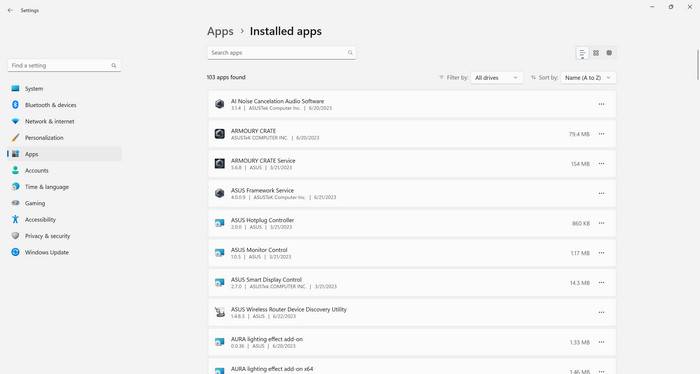Microsoft Office PowerPoint Viewer 2007 English is a software program developed by Microsoft that allows users to view PowerPoint presentations without having the full version of Microsoft Office installed on their computer. It is a free application that provides a convenient way to open and view PowerPoint files, even if you don’t have PowerPoint installed.

What Does Microsoft Office PowerPoint Viewer 2007 English Offer?
Microsoft Office PowerPoint Viewer 2007 English offers several key features that make it a useful tool for users who need to view PowerPoint presentations:
- Compatibility: The viewer is compatible with all versions of PowerPoint, allowing users to open and view presentations created in different versions of the software.
- Full-screen mode: Users can view presentations in full-screen mode, providing a more immersive experience.
- Zoom and navigation: The viewer allows users to zoom in and out of slides and navigate through the presentation easily.
- Printing: Users can print presentations directly from the viewer, making it convenient for those who need hard copies of the slides.
Should I Remove Microsoft Office PowerPoint Viewer 2007 English?
While Microsoft Office PowerPoint Viewer 2007 English can be a useful tool, there are a few reasons why you might consider removing it from your computer:
- Outdated software: Microsoft Office PowerPoint Viewer 2007 English is an older version of the software and may not be compatible with newer PowerPoint files or features. If you frequently receive PowerPoint files created in newer versions, you may encounter compatibility issues.
- Security risks: Like any software, Microsoft Office PowerPoint Viewer 2007 English may have vulnerabilities that could be exploited by hackers. Microsoft no longer provides security updates for this version, which means that any security flaws discovered will not be patched.
- Resource usage: Even though the viewer is a lightweight application, it still consumes system resources. If you have limited storage space or a slow computer, removing unnecessary software can help improve performance.
How to Remove Microsoft Office PowerPoint Viewer 2007 English
If you have decided to remove Microsoft Office PowerPoint Viewer 2007 English from your computer, you can follow these steps:
- Open the Control Panel on your computer.
- Select “Programs” or “Programs and Features,” depending on your version of Windows.
- Locate Microsoft Office PowerPoint Viewer 2007 English in the list of installed programs.
- Click on it and select “Uninstall.”
- Follow the on-screen instructions to complete the uninstallation process.
After removing Microsoft Office PowerPoint Viewer 2007 English, it is recommended to scan your computer for any potential malware or unwanted programs that may have been bundled with the software. Malwarebytes Free is a reliable and effective tool for scanning and removing malware. You can download it from Malwarebytes Free.
Conclusion
Microsoft Office PowerPoint Viewer 2007 English is a useful tool for viewing PowerPoint presentations without the need for the full version of Microsoft Office. However, due to its outdated nature, potential security risks, and resource usage, it may be worth considering removing it from your computer. If you decide to uninstall the software, make sure to follow the steps outlined above and consider scanning your computer for malware using Malwarebytes Free. By taking these steps, you can ensure the security and performance of your computer while still being able to view PowerPoint presentations using alternative methods.










